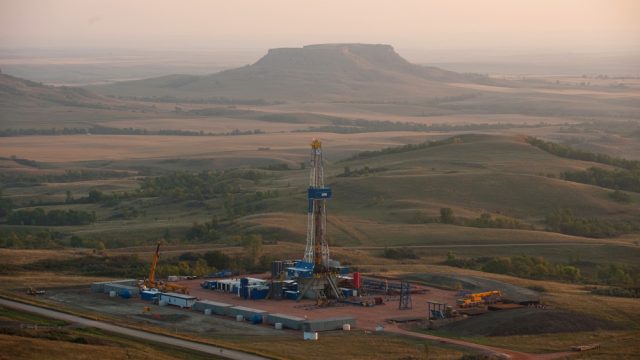Whoops: New York Times Used Seriously Misleading Numbers For North Dakota Spills

The New York Times recently published a rather unflattering two-part story about North Dakota’s oil boom. We can expect the paper, which seems to be angling for a Pulitzer, to flog this issue for at least the next year.
Unfortunately the premise at the heart of the story – that oil spills in North Dakota are getting worse because lax regulation isn’t bringing the industry to heel – is based on some sketchy math.
[mks_pullquote align=”right” width=”300″ size=”24″ bg_color=”#000000″ txt_color=”#ffffff”]”You cannot use spills-per-well as a valid metric for environmental safety in North Dakota any more than you can use traffic-accidents-per-driver to measure road safety.”[/mks_pullquote]
The paper claims that the rate of spills per well is increasing in the state, a sign that the cooperative approach to regulation isn’t working.
“[A]ll told, the number of wells is up 200 percent and spills 650 percent since 2004,” the paper reports.
That metric might serve wee the cause of hysterical headlines from Pulitzer-grasping reporters, but it tells us very little about the situation on the ground.
Here’s why:
Wells do not produce a uniform amounts of oil.
You cannot use spills-per-well as a valid metric for environmental safety in North Dakota any more than you can use traffic-accidents-per-driver to measure road safety. Because some licensed drivers put on a great deal of miles, while others put on very few. That’s why traffic safety experts measure accidents and fatalities in terms of vehicle miles traveled in order to avoid bad data. That’s also why the New York Times should have used a different metric.
Spills should be measured as a rate of oil produced.
According to the Energy Information Administration, from 2004 to 2013 the amount of oil produced in North Dakota increased 908 percent. “This means that the number of spills per barrel of oil produced actually went down by 25.6%–using the Times own figures for spills,” writes Pablo Zarate for Energy In Depth, an oil industry publication.
The Times paints a picture of spills in North Dakota getting worse under a lax regulatory regime. In truth, the spill rate has actually improved significantly.
Whoops.
Also missing from the Times piece is the fact that approximately 80 percent of the spills occur on the drilling pad according to the Department of Mineral Resources. The drill pad is an area prepared for these sort of spills, which are expected to happen there. These spills have zero, or next to zero, impact on the environment. They are cleaned up immediately.
The Times includes these zero-impact spills in their data because it fits the narrative they’re promoting. But it also provides the public with a skewed view of reality in the oil patch.




